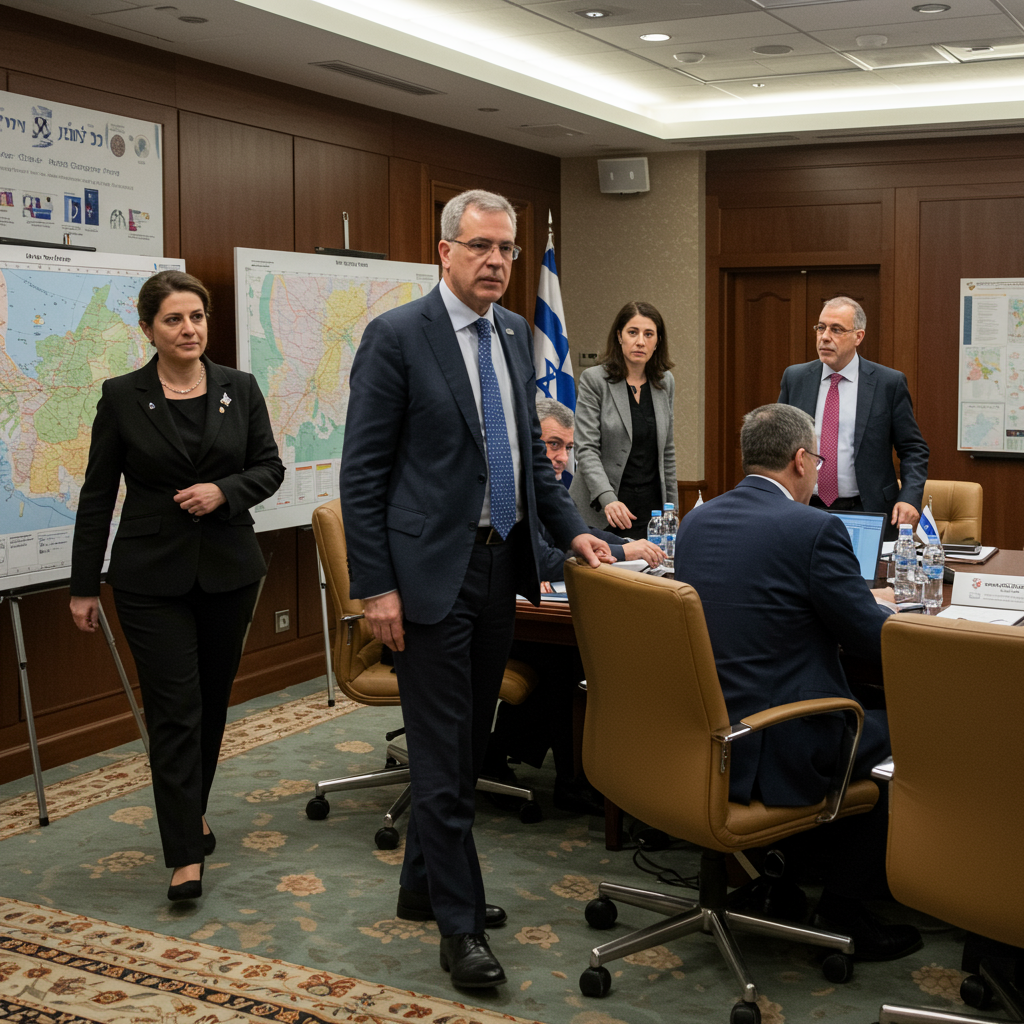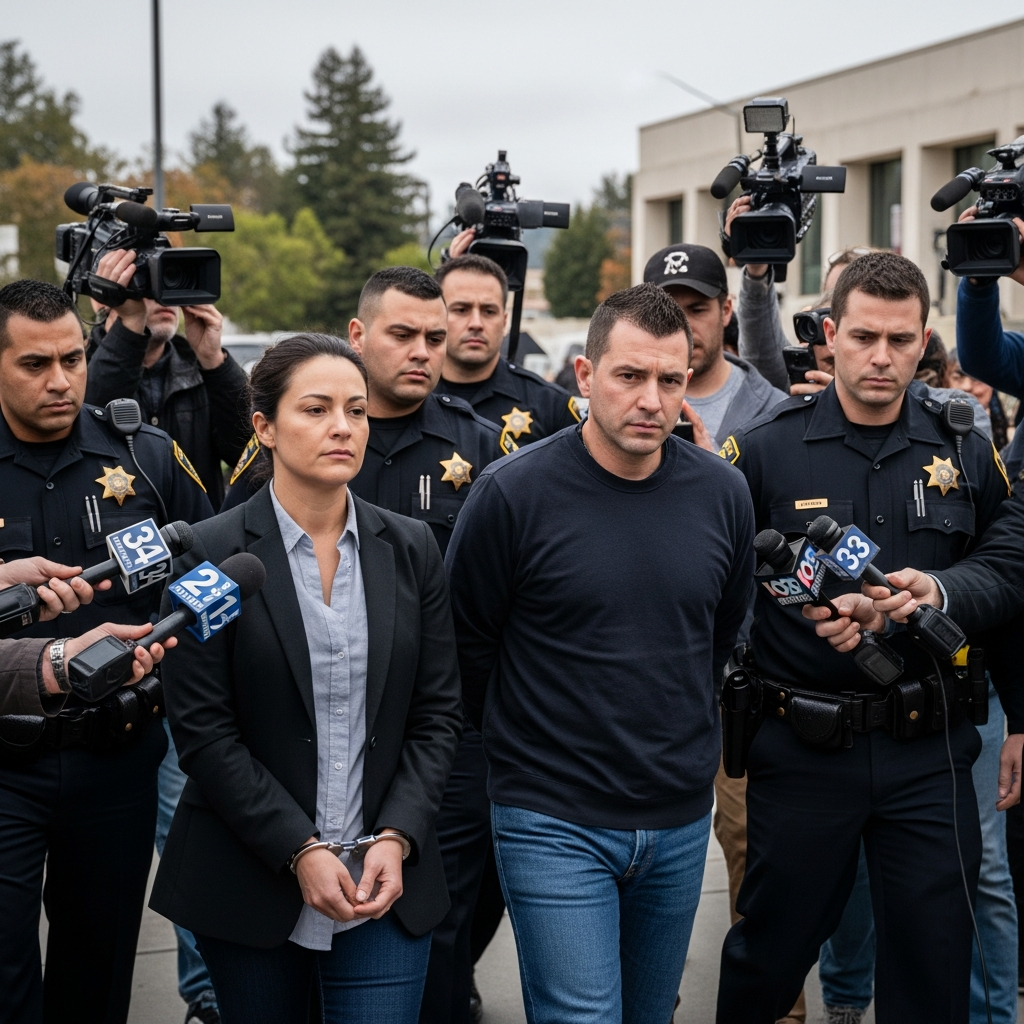israel has opted to dispatch a negotiating team to Qatar for crucial proximity talks regarding a potential ceasefire in Gaza and a deal to release hostages. This decision comes despite Prime Minister Benjamin Netanyahu describing changes requested by hamas to a proposed plan as “unacceptable.” The move signals a continuation of diplomatic efforts amidst deep disagreements and ongoing conflict.
The israeli delegation is set to depart on Sunday. Their mission is to engage in indirect negotiations with Hamas representatives, facilitated by key mediators from Qatar, the United States, and Egypt. The focus of these discussions will be the latest proposal aimed at halting hostilities and facilitating an exchange of captives held by both sides.
Navigating the Sticking Points in Ceasefire Negotiations
The proposal under consideration outlines a potential 60-day ceasefire. A central component involves a phased exchange: Hamas would release a specific number of living Israeli hostages and the bodies of others. In return, Israel would release Palestinian prisoners held in its jails. This delicate balancing act forms the core of the current negotiations, with approximately 50 Israeli hostages still believed to be held in Gaza, including at least 20 thought to be alive.
While Hamas reportedly offered a “positive response” to the initial framework, they also submitted significant amendments. A key demand includes an explicit guarantee that military operations will not resume even if talks on a permanent end to the war fail after the ceasefire period. This seeks to prevent a repeat of previous truces that collapsed, leading to renewed fighting.
Hamas Demands and Israeli Red Lines
Additional changes sought by Hamas, according to sources familiar with the talks, relate to humanitarian aid distribution and Israeli troop positioning. Hamas reportedly insists that aid deliveries into Gaza be handled exclusively by the United Nations and its partners, calling for an end to the operations of groups like the Gaza Humanitarian Foundation (GHF). This reflects ongoing tensions and accusations surrounding aid access and control within the besieged territory.
Regarding troop withdrawals, Hamas seeks a return of Israeli forces to the positions they occupied before the previous ceasefire broke down in March. This goes beyond the phased pull-outs from specific areas of Gaza reportedly included in the current proposal. Israel’s long-standing position, reiterated by Prime Minister Netanyahu, is that Hamas must be disarmed and its capabilities destroyed, a demand Hamas has reportedly refused to discuss. These conflicting objectives present major hurdles for mediators.
The Political Landscape and External Pressures
The decision to send a team, despite public disagreement with Hamas’s terms, highlights the intense pressure on Prime Minister Netanyahu. While his office called the Hamas changes “unacceptable,” the statement also noted the decision was made “in light of an assessment of the situation” to continue efforts for the return of hostages based on the Qatari proposal Israel had previously agreed to.
The negotiations unfold against a complex political backdrop in Israel. Far-right members of Netanyahu’s cabinet have voiced strong opposition to any deal that does not involve the complete military conquest of Gaza and the destruction of Hamas. Figures like National Security Minister Itamar Ben-Gvir advocate for halting humanitarian aid and encouraging Palestinian emigration, positions directly challenging the spirit and terms of the proposed agreement. This internal dissent adds another layer of difficulty for negotiators seeking flexibility.
US Role and Diplomatic Engagement
The United States continues to play a significant role in facilitating these talks. US President Donald Trump has expressed optimism about the possibility of a breakthrough, even suggesting a deal could materialize “next week.” President Trump is scheduled to meet with Prime Minister Netanyahu on Monday, a meeting where any progress or deadlock in the Gaza negotiations is expected to be a major topic of discussion. The US clearly hopes for a positive announcement from this meeting.
Meanwhile, the families of Israeli hostages continue their public campaign, holding rallies to press for a comprehensive deal that would secure the release of all captives. These emotional appeals underscore the human stakes of the prolonged conflict and the urgency felt by those directly impacted. One speaker at a recent rally specifically thanked President Trump for his role in a previous hostage release and pleaded for a “big beautiful hostages deal” now.
The Ongoing Reality on the Ground
While diplomatic maneuvering continues, the humanitarian crisis and violence in Gaza persist. Recent reports from the Hamas-run Civil Defence agency detailed Israeli strikes and gunfire resulting in dozens of Palestinian deaths on Saturday. This includes a bombing in the al-Mawasi area that reportedly killed several people, highlighting the constant danger faced by civilians even in areas designated as safe zones.
Adding to the volatile situation, two American employees of the Gaza Humanitarian Foundation (GHF) were recently wounded in an attack at their site near Khan Younis. The GHF is an aid distribution organization backed by both Israel and the US. While the Israeli and US governments quickly blamed Hamas for the incident, the group has not publicly commented. Such events further complicate efforts to deliver essential aid and maintain stability.
The current conflict was triggered by the October 7, 2023, attack by Hamas militants on southern Israel, which resulted in approximately 1,200 fatalities and the taking of 251 hostages. Israel’s subsequent military campaign in Gaza has led to widespread devastation and a severe humanitarian crisis. According to the Hamas-run health ministry in Gaza, the death toll in the territory has surpassed 57,000 since the conflict began, alongside the displacement of the majority of the population and a worsening hunger crisis.
Despite the stark differences and the ongoing violence, Israel’s decision to send a delegation indicates a potential, albeit challenging, pathway remains open for indirect talks aimed at achieving a ceasefire and the release of hostages. The road ahead for mediators in Doha appears difficult, requiring significant effort to bridge the fundamental gaps between the two sides.
Frequently Asked Questions
What is the latest ceasefire proposal for Gaza?
The current proposal, mediated by Qatar, the US, and Egypt, suggests a 60-day pause in fighting. It includes a staggered exchange where Hamas would release Israeli hostages (both living and bodies) in return for Palestinian prisoners held by Israel. It also addresses the entry of sufficient humanitarian aid into Gaza and includes provisions for further negotiations on ending the conflict.
Why is Israel sending a delegation despite calling Hamas’ demands ‘unacceptable’?
Prime Minister Netanyahu’s office stated that while Hamas’s requested changes were deemed unacceptable, the decision to send a team was based on a “situation assessment.” The goal remains to continue contact for the return of the hostages, building upon the core Qatari proposal that Israel had previously agreed to. Sending negotiators maintains a channel for dialogue even amid strong disagreements over specific terms.
What are the main points of disagreement preventing a deal?
Key obstacles include Hamas’s demand for a guarantee that hostilities will not resume if a permanent truce isn’t reached, disagreements over the specifics of Israeli troop withdrawal from Gaza, and control over humanitarian aid distribution. Israel’s insistence on the eventual disarmament of Hamas, a point Hamas reportedly refuses to discuss, also remains a fundamental barrier to any long-term resolution.



